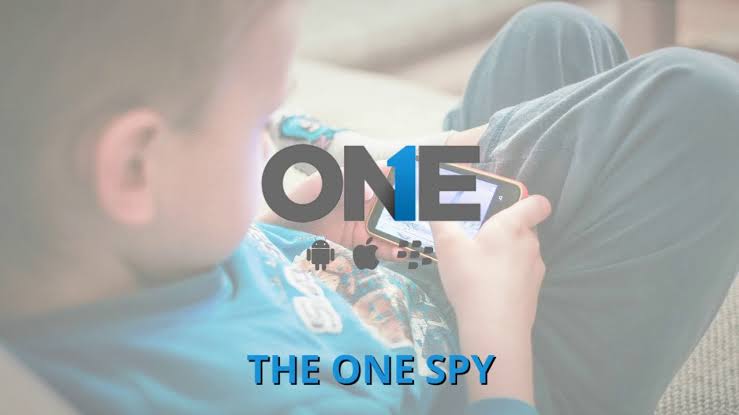


March 02, 2020 3344
Are you concerned about the online safety of your child? Social networking sites and online platforms carry several potential dangers for younger children. It includes but not limited to cyberbullying, scamming, online child molestation, sexting and self-harm activities. The more time kids spend on these online socializing networks, the more likely they are to become the victim of cyber dangers. Parents are needed to be vigilant to ensure their kids’ protection from online scoundrels. This article discusses how parents can protect kids from the dangers of social media and online platforms.
Most Common Online and Social Media Threats
Platforms like Facebook and Instagram carry several potential threats for teens and tweens. Here we have discussed the most common threats of these socializing and communication platforms. It is necessary to know about these threats, so you could protect your loved ones from victimization.
Online Harassment
Have you ever seen a humiliating comment on your kid’s social media post? It is an example of online bullying. The social media is the biggest facilitator of cyberbullying as it allows persecutors to threaten, humiliate, offend and harass the target. It is very common to receive harassing messages, comments or humiliating tags on Facebook and similar networking platforms. The continuous online bullying can have a severe impact on the mental and psychological health of the victim. Many cases have been reported when cyberbullying victims had committed suicide.
Child Predation
The online child molestation is another most horrible online danger. The pedophiles or predators trap teenage girls and boys for sexual exploitation. The predators aim to trap children for producing sexually explicit photos and videos. Mostly the victims of child molestation do not inform their parents about their involvement in such horrible acts and predators take advantage of it.
Sexting
Sexting is an emerging trend getting popular among teenage boys and girls. Instant messaging apps like Snapchat encourage a user to exchange self-deleted sexually explicit messages, photos, and videos. This is a dangerous activity because the personal stuff of your kid could be misused and distributed by scoundrels.
Self-Harm Activities
Have you heard about teenagers carving their bodies with the razor? Yes, we have to talk about the Blue Whale Challenge. The social media has been seen playing key role in promoting self-harm activities among teenagers. Our kids feel the pride to be involved in such dangerous daring acts. This risky activity has made many to lose their lives.
How to Protect Kids from These Dangers
There are a few practices that can help parents to monitor kids activities from the most common dangers of social media and online platforms. Read on to know how you can ensure the online safety of your loved one.
Talk about Dangers
It is very important that you communicate about the dangers of online platforms such as social media, blogs, chat-rooms, and instant messengers. Have frequent discussions with your kids about the most common threats such as online harassment and child predation. Also, let them know how they should deal with online scoundrels. The informal conversations would also encourage your kids to share their negative experiences with you to seek guidance.
Set Rules
Rules are very helpful in getting your kids prepped up for the real and digital world. Set rules regarding the use of the internet, social media and digital devices. Here are a few examples of digital rules that can help to ensure kids’ online protection.
Use Parental Control
You are not only required to prep up your kids for the cyber world by educating them and setting rules. It is also important to keep a secret eye on them for their protection. You can take the support of the Parental Control spy app for mobile phones and computers to supervise the digital activities of teens. Using the app, you can stay informed of their online and offline activities and can protect them from the potential threats of social media and the digital world.